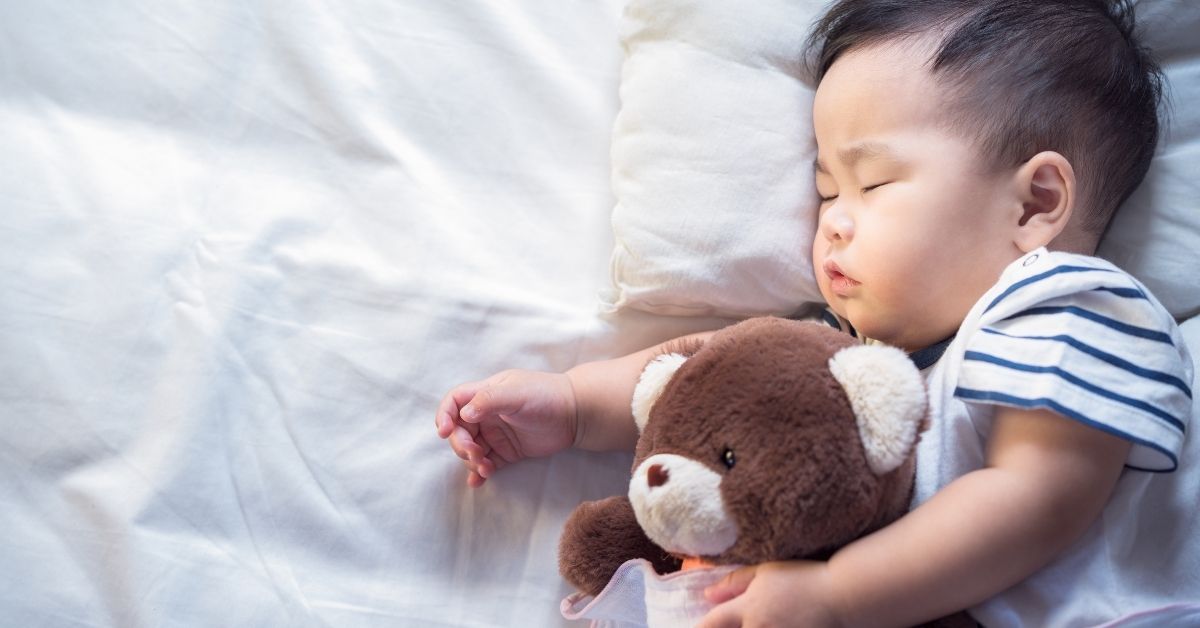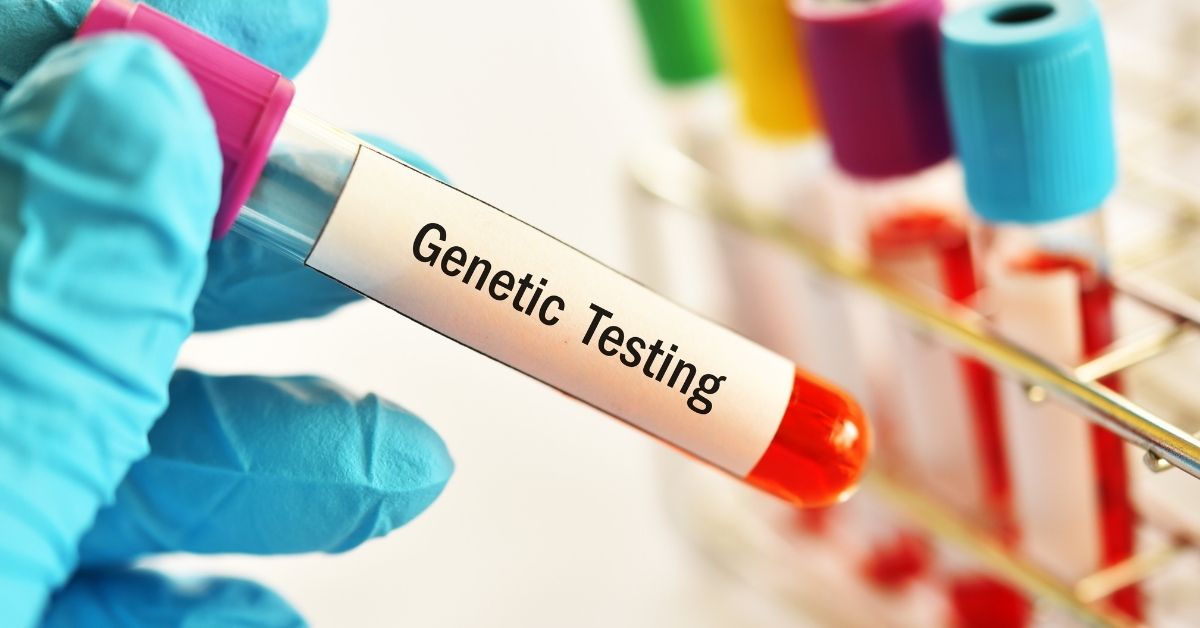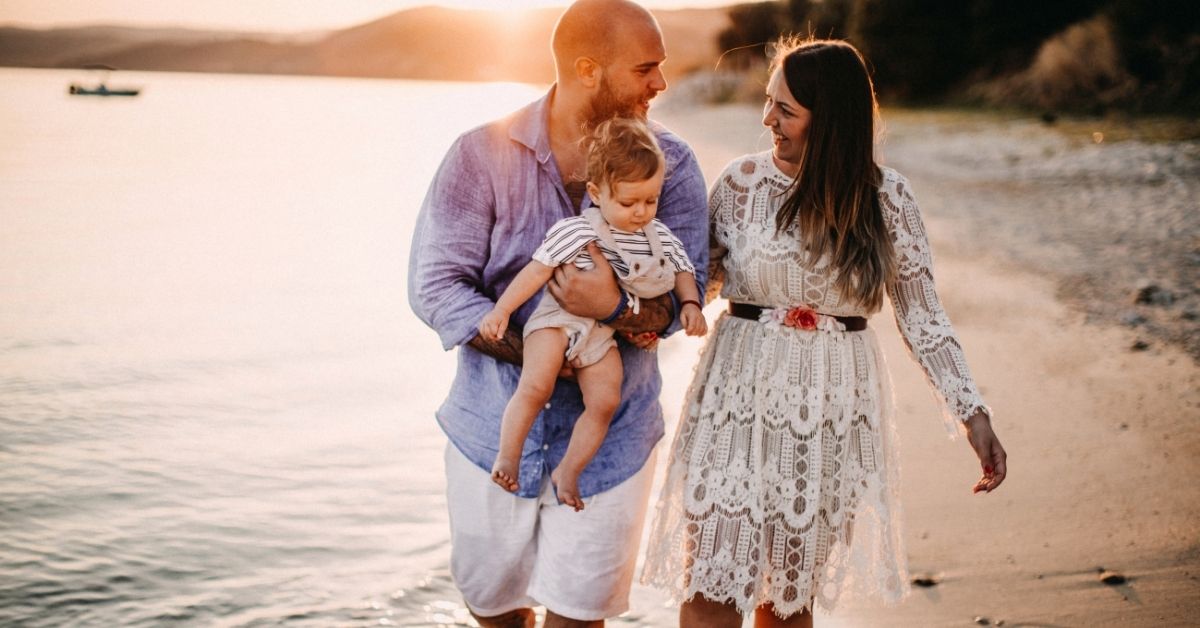

Authors: Lisa R. Sun, MD, Johns Hopkins Medicine; Adam Kirton, MD, University of Calgary/Alberta Children’s Hospital
Reviewed: May 2021
SUMMARY
Moyamoya disease is a common cause of stroke in children. In moyamoya disease, the blood vessels that bring blood to the brain slowly narrow over time.
Moyamoya mostly affects the brain’s main blood vessels—the internal carotid arteries.
As blood flow to the brain decreases over time, a child’s body may form small blood vessels to compensate. These are called collateral vessels. Collateral vessels look like a “puff of smoke,” or moyamoya in Japanese. They can be viewed in a special brain picture.
Moyamoya’s narrowing of blood vessels can prevent enough blood from getting to the brain. When blood flow to the brain is restricted, a child can have a stroke. Moyamoya can also cause a stroke warning called a transient ischemic attack.
JUMP TO
Disorder Overview
DESCRIPTION
Moyamoya is a lifelong condition that can cause stroke in children.
Children with moyamoya may show all the usual signs of stroke. However, signs of stroke that take place under certain conditions can suggest moyamoya in particular. These include signs of stroke while:
- Crying
- Exercising
- Dehydrated
Moyamoya is more common in some racial and ethnic groups. For instance, it is more common in children of Asian descent. However, any child can have moyamoya.
Children with certain conditions are at higher risk for moyamoya. When a child has moyamoya alongside one of these conditions, it is called moyamoya syndrome.
Associated conditions include:
- Down syndrome
- Neurofibromatosis
- Sickle cell disease
- History of head or neck radiation


SYMPTOMS
The primary symptom of moyamoya disease is stroke. Stroke means that part of the brain is damaged due to the lack of blood flow and oxygen to the brain. Caregivers must know how to recognize the signs of stroke and seek immediate medical attention as needed.
Most strokes in children present with the SUDDEN ONSET of symptoms. These symptoms are neurological in nature.
Common examples include:
Weakness of one side of the body
Weakness on one side of the body is called hemiparesis. Hemiparesis usually occurs in the face, arm, or leg.
Difficulty speaking
Vision abnormalities
Numbness of one side of the body
Children with strokes due to moyamoya may have long-term neurological problems. These can include:
- Movement problems
- Language disorders
- Learning, attention, or behavior difficulties
- Recurrent seizures (epilepsy)
CAUSES
Moyamoya is not caused by anything a child, parent, or caregiver did wrong. It is not caused by a problem at birth. It is not caused by medications or diets.
Genetic testing may be done to look for differences in a child’s DNA. Sometimes moyamoya is related to these differences.
In many cases, however, no specific cause is found. This can be very frustrating to families. Doctors and scientists are working to understand why some children are affected by moyamoya.
LABORATORY INVESTIGATIONS
It is important that children with moyamoya disease are diagnosed early.
Moyamoya is diagnosed using pictures of a child’s brain and blood vessels. The most common way to get these pictures is with MRI, or magnetic resonance imaging. However, additional pictures may be needed.
A procedure called a cerebral angiogram can confirm a moyamoya diagnosis. A cerebral angiogram can also show how severe the condition is. It can help plan for surgery.
Most children with moyamoya do not need blood tests. But blood testing may be needed for other reasons, including medication monitoring, genetic testing, surgical planning, and in rare cases when other causes are suspected.


TREATMENT
There is no cure for moyamoya disease. Treatments for moyamoya are focused on preventing strokes. Medications and surgery can help lower the risk of stroke.
It is important to prevent dehydration and other causes of low blood pressure in all children with moyamoya. This can help prevent stroke.
Treatments may be required for the consequences of stroke in moyamoya. These treatments include:
- Occupational therapy
- Physical therapy
- Speech therapy
- Learning support and special education
Medications are sometimes required. Medications that some children with moyamoya may need include:
- Aspirin
- Anti-seizure medication
General medical care is also important. General medical care provides help with:
- Child development
- Providing good nutrition
- Maintaining normal blood pressure
- Overall health
OUTLOOK
In some children, moyamoya disease can be mild. It can be stable over time. These children can be treated with medications to prevent stroke. They are monitored by their doctors. They may receive routine brain and blood vessel imaging.
In other children, moyamoya progresses more quickly. A higher risk of stroke may need to be treated with surgery.
Children and their families’ mental health may be adversely affected by living with moyamoya. This should be carefully considered and treated as needed.


Resources
ORGANIZATIONS/GROUPS
Moyamoya Foundation
The Moyamoya Foundation’s mission is to promote awareness of moyamoya disease by working with healthcare professionals and patient advocates, to support and encourage research of moyamoya disease, and to provide assistance to families/patients undergoing moyamoya treatment for expenses not covered by insurance.
World Moyamoya Day – May 6th Facebook Group (Facebook private group)
Private Facebook group to recognize May 6th as World Moyamoya Day, but the worldwide members are active year-round.
PUBLICATIONS
JCN – Pediatric Stroke
Podcast from SAGE Neuroscience and Neurology/Journal of Child Neurology (JCN). In this podcast, Dr. Alison Christy interviews Sarah Lee from Stanford and Gabrielle deVeber from Sick Kids in Toronto about their article, Moyamoya Disease in Children: Results from the International Pediatric Stroke Study. She also interviews Lisa Sun from Johns Hopkins University.


Child Neurology Foundation (CNF) solicits resources from the community to be included on this webpage through an application process. CNF reserves the right to remove entities at any time if information is deemed inappropriate or inconsistent with the mission, vision, and values of CNF.
Research
ClincalTrials.gov for Moyamoya Disease (birth to 17 years) are clinical trials that are recruiting or will be recruiting. Updates are made daily, so you are encouraged to check back frequently.
ClinicalTrials.gov is a database of privately and publicly funded clinical studies conducted around the world. This is a resource provided by the U.S. National Library of Medicine (NLM), which is an institute within the National Institutes of Health (NIH). Listing a study does not mean it has been evaluated by the U.S. Federal Government. Please read the NLM disclaimer for details.
Before participating in a study, you are encouraged to talk to your health care provider and learn about the risks and potential benefits.
Family Stories
The Faces of Moyamoya Disease is a resource for Moyamoya patients and their families that shares the personal experiences of living with this rare disease. This motivational book helps those diagnosed with Moyamoya recognize that there is hope and that they are not alone.
The information in the CNF Child Neurology Disorder Directory is not intended to provide diagnosis, treatment, or medical advice and should not be considered a substitute for advice from a healthcare professional. Content provided is for informational purposes only. CNF is not responsible for actions taken based on the information included on this webpage. Please consult with a physician or other healthcare professional regarding any medical or health related diagnosis or treatment options.
References
Laney James
http://www.laneyjaymes.org/
American Stroke Association
https://www.stroke.org/en/about-stroke/stroke-in-children
Children’s Hemiplegia and Stroke Association
https://chasa.org/
International Alliance For Pediatric Stroke
https://iapediatricstroke.org/
Thank you to our 2023 Disorder Directory partners:




